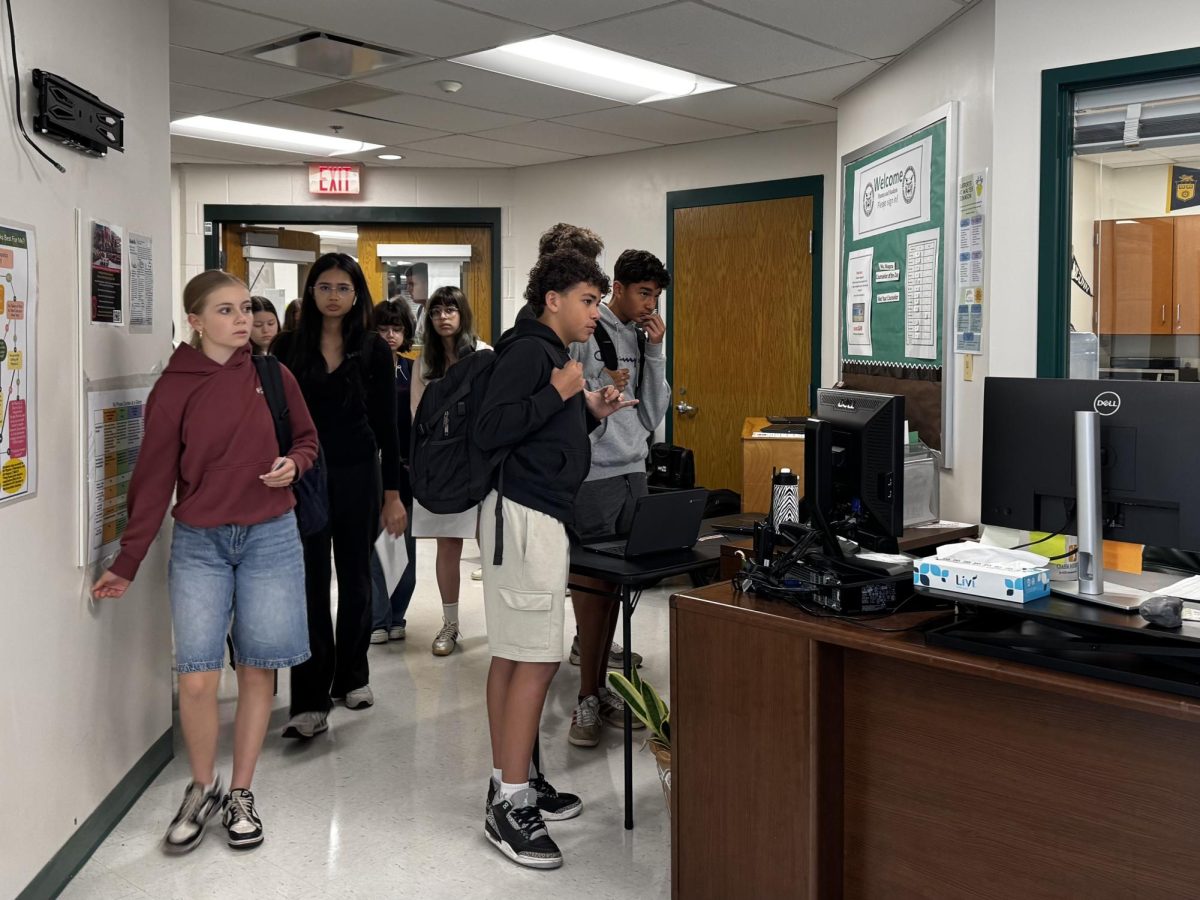
In light of the recent Uvalde elementary school shooting, there have been many proposals on how we could prevent these inevitably dreadful situations from occurring once again. One of the most controversial ideas that has been brought up is the arming of school teachers, which would, consequently, cause many problems.
At first sight, teachers having a gun might sound like a reasonable solution because they could just take down the assailant right when they see any deadly problems arising. However, this would likely frighten students as well as the teachers if they were required to carry a gun.
Even if schools decided that arming teachers was a viable solution, the training to get the teachers proper licensing to carry guns would also cost way too much, with training costing $75 an hour per person. Guns also are not cheap; the average price of a pistol is $200. There are around 36,000 total staff and teachers in MCPS, which would be over $7.2 million for the weapons. If every teacher was given one hour of training, it would total over $10.8 million.
In a survey about school safety, 321 staff and students responded. 84.3% of the respondents stated that they believe teachers should not be armed. One student specifically said, “[We should] definitely not arm teachers! That will make me feel even more in danger!”
“Teachers shouldn’t be armed because it may cause fear within the students and it is a waste of money and materials,” sophomore Victor Goerlitz said.
The introduction of weapons to classrooms would cause panic and fear among the students. In a study conducted by the Harvard Injury Control Research Center, they concluded that “after controlling for poverty and urbanization, for every age group, people in states with many guns have elevated rates of homicide, particularly firearm homicide.” According to this study, presenting weapons within schools would most likely cause an increase of violence.
Many teachers have said they would not feel comfortable holding a weapon in class.
“I definitely would not feel safe. Number one, I am not trained, I don’t want to be trained. I want nothing to do with having any kind of a weapon. So I wouldn’t feel comfortable. I also wouldn’t feel like there’s really a safe way to lock it up and keep it secure. Then I also can’t help but think that there are a lot of people who are bigger than me. I can’t imagine [that] a student really couldn’t get [a gun] away from me. What if there was an elderly teacher, is that really a reasonable solution, is it really safer? I don’t think we should be bringing more weapons into school,” math teacher Terri Bullock said.
A viable solution to preventing school shootings would be changing local/federal laws. From 1966 to 2019, 77 percent of mass shooters obtained their weapons legally. Acquiring a gun is way too easy in the U.S. If you’re buying from a licensed seller, you have to pass a background check before you get your weapon. 1/3 of people buy from private sellers which don’t require background checks.
However, in Canada, to buy a handgun, you have to prove that you practice at an approved shooting club or range, or show that you are a gun collector. For any gun, one must complete a safety course and pass both a written and a practical test, as well as asking for two references. To apply for a permit, there is a wait of 28 days before processing begins. There is also a background check that considers your criminal record, mental health, addiction and domestic violence history. Then, finally, you would be able to purchase a gun. If you bought a handgun, register it with the police before taking it home. The process in the U.S. is way too loose and short. Some people may get a gun in less than an hour with no experience.














